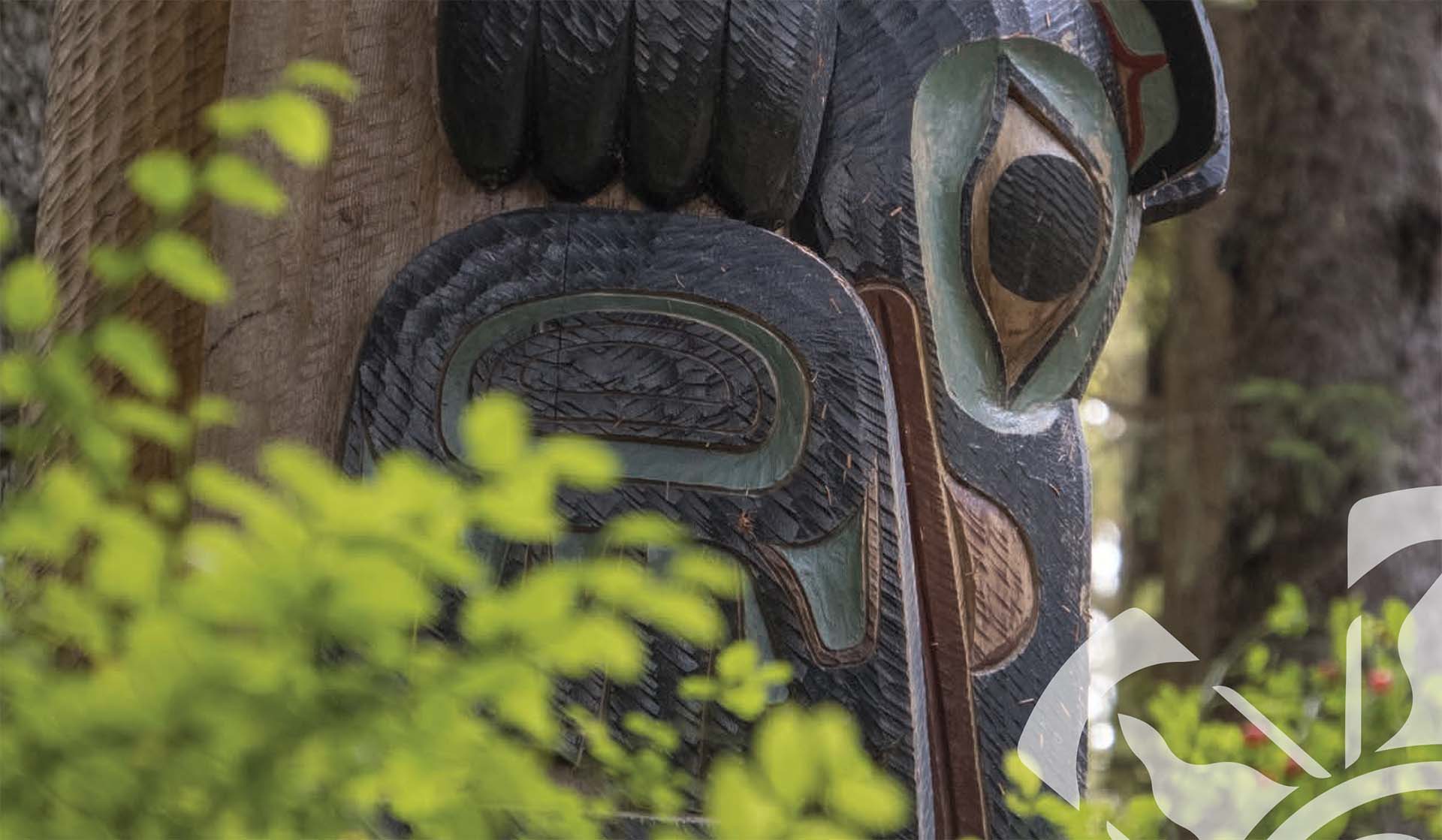
Our impact is the improved well-being of Indigenous Peoples
The driving force behind our impact measurement journey is the need for us to ensure that everything we do at Raven ultimately contributes to the improved well-being of Indigenous Peoples.
The Raven Indigenous Impact framework is anchored in an Indigenous worldview, which means that all things are related, connected and respected: every being has a purpose and place within the sacred circle.
An Indigenous worldview honours the seven natural laws: Love, respect, courage, honesty, wisdom, humility and truth. The Indigenous perspective governing the RIM framework stems from a 'bicultural lens', which combines a linear process of impact measurement through specific metrics with tradition, culture and spirituality.

Our Foundational values
Five foundational values help guide our work:
Theory of change
The Theory of Change (ToC) mapping process is a well recognized and useful way to understand how change occurs over time towards a desired outcome. The ToC is a simple and useful framework to establish a path towards creating social impact, often used in conjunction with other methodologies. Within this framework, and other common measurement tools (i.e. ESG screening, SROI measurement of non-financial return, Cost-Benefit Analysis, Sustainable Livelihoods mapping) several metrics are utilized for specific sectors to measure impact from investments (Best & Harji, 2013). These might include household income, job creation, training opportunities, wages, and employee retention as indicators for job creation and poverty alleviation.
Despite the wide use of ToC in impact measurement, some of its limitations are that it is linear in nature and does not account for the inter-related, complex realities of everyday life. Increasingly, this model is being used in conjunction with other approaches, such as the adoption of participatory and/or Indigenous methodologies which both honor the interrelated process of transformation (i.e. level of change) and ensures meaningful participation by those the intervention is most likely to impact.
The RIM Framework builds from this integrated approach, using
- ToC model to better understand how the investment will actualize into social, economic and/or environmental change coupled with;
- participatory and Indigenous methodologies to both inform impact criteria and affirm underlying causal links over time.
